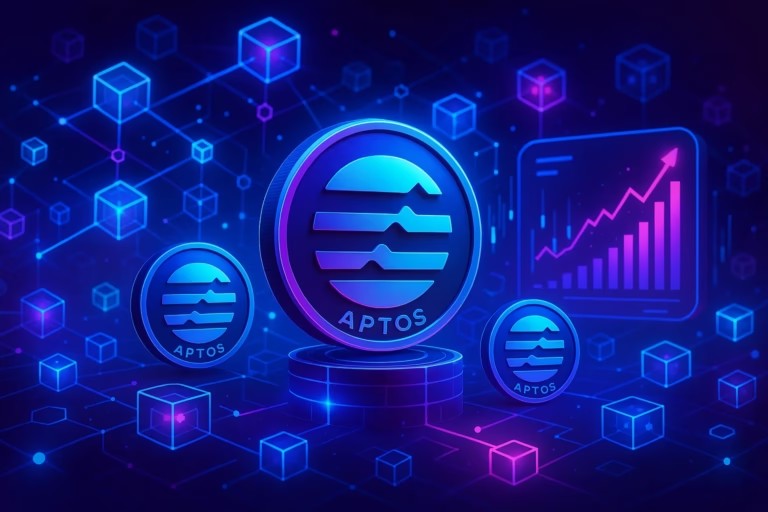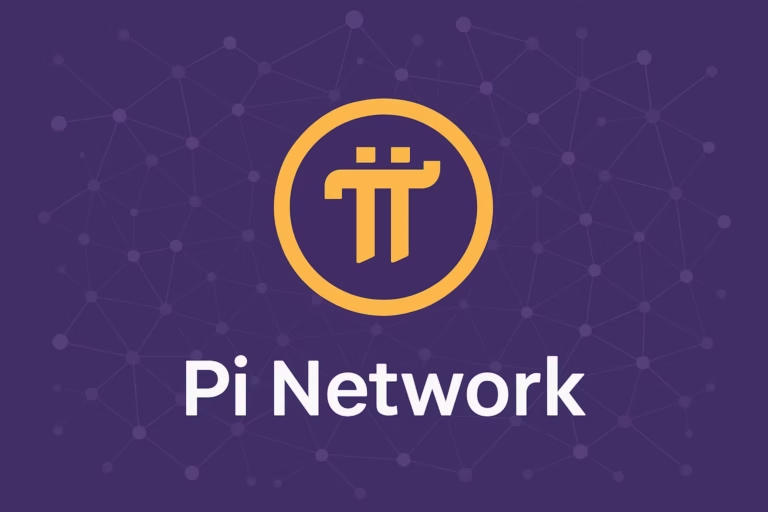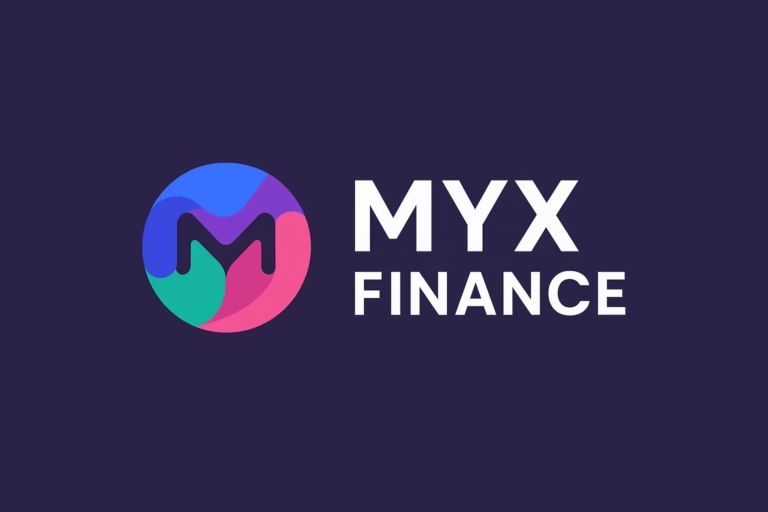
- Solana’s rapid rise in daily active users, low transaction costs, and high-speed capabilities have positioned it as a strong competitor to Ethereum, which continues to dominate due to its established ecosystem and security focus.
- While Solana’s scalability and efficiency make it attractive for DeFi and NFTs, Ethereum’s decentralization and stability ensure it remains a key player in the blockchain space.
The world of blockchain technology is witnessing an intense rivalry between two giants—Solana and Ethereum. While Ethereum has long been the dominant force in the decentralized finance (DeFi) and smart contract ecosystem, Solana’s recent surge in popularity suggests a potential shift in power. With Solana surpassing Ethereum in daily active users, the question arises: could Solana be the future leader in blockchain technology?
The Rise of Solana
Solana’s impressive growth can be traced back to early 2024, when it began to outperform Ethereum in daily active users. According to Blockchain Army, Solana has had ten times more active users than Ethereum and Bitcoin combined for several months.
A key factor behind this explosive rise is the low transaction costs and high-speed capabilities of Solana. Unlike Ethereum, which has struggled with scalability issues and high gas fees, Solana offers a more cost-effective solution. The introduction of memecoins, cheaper token creation, and platforms like Pump.fun further fueled Solana’s expansion.
Ethereum’s Struggles and Adaptations
Ethereum, despite being a pioneer in the blockchain space, has faced ongoing challenges. Its high transaction fees and slower processing speeds have pushed developers and users toward alternatives like Solana. In response, Ethereum transitioned to a Proof-of-Stake (PoS) model in 2022 to improve scalability and efficiency, but transaction fees remain a concern, even after dropping by 70% in 2024.
Ethereum, however, still holds a significant advantage when it comes to ecosystem maturity. It boasts an extensive range of decentralized applications (dApps), DeFi projects, and non-fungible tokens (NFTs). While Solana is catching up, Ethereum’s established position provides a level of stability and reliability that Solana has yet to match.
Speed vs Security: The Key Differences
The fundamental differences between Solana and Ethereum lie in their approach to blockchain functionality:
- Transaction Speed & Costs: Solana processes transactions much faster and at significantly lower costs compared to Ethereum.
- Scalability: Ethereum has historically struggled with scalability, requiring Layer-2 solutions, whereas Solana’s unique Proof-of-History (PoH) and Proof-of-Stake (PoS) hybrid model allows for greater efficiency.
- Decentralization & Security: Ethereum prioritizes decentralization and security, while Solana sacrifices some decentralization for higher speeds, leading to occasional network outages.
Market Performance: SOL vs ETH
While Ethereum has been in the market for over a decade, Solana has existed for just half that time. Historically, Ethereum has seen an increase of 99,000% from its initial price, whereas Solana has surged by 22,000%.
In 2024, SOL hit its all-time high, whereas ETH remains below its 2021 peak. However, both tokens are currently about 40% lower than their historical highs. Despite short-term volatility—SOL dropping 30% and ETH 15% in the last 30 days—the long-term trends suggest both platforms will continue to grow, albeit in different ways.
The Future: Can Solana Overtake Ethereum?
Solana’s rapid rise indicates a strong contender in the blockchain space, but dethroning Ethereum is no easy feat. Ethereum’s well-established ecosystem and security-first approach make it a reliable choice for developers and investors alike. Meanwhile, Solana’s low-cost, high-speed transactions continue to attract new users, particularly in DeFi and NFT sectors.
While Ethereum remains the industry leader, Solana’s momentum suggests that the battle for blockchain supremacy is far from over. As both platforms evolve, the future of decentralized technology may be shaped by their competition, pushing innovation and adoption forward.




